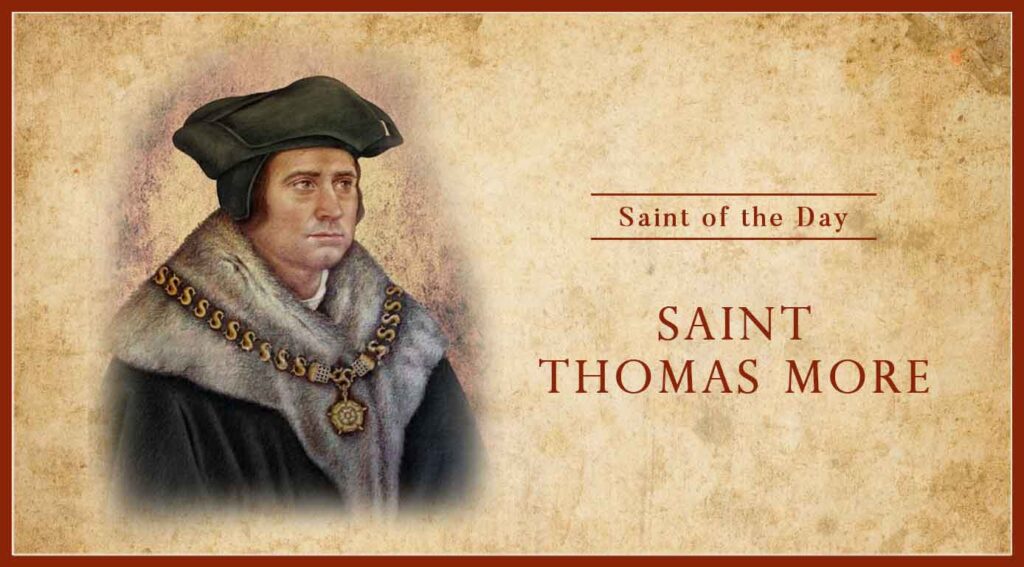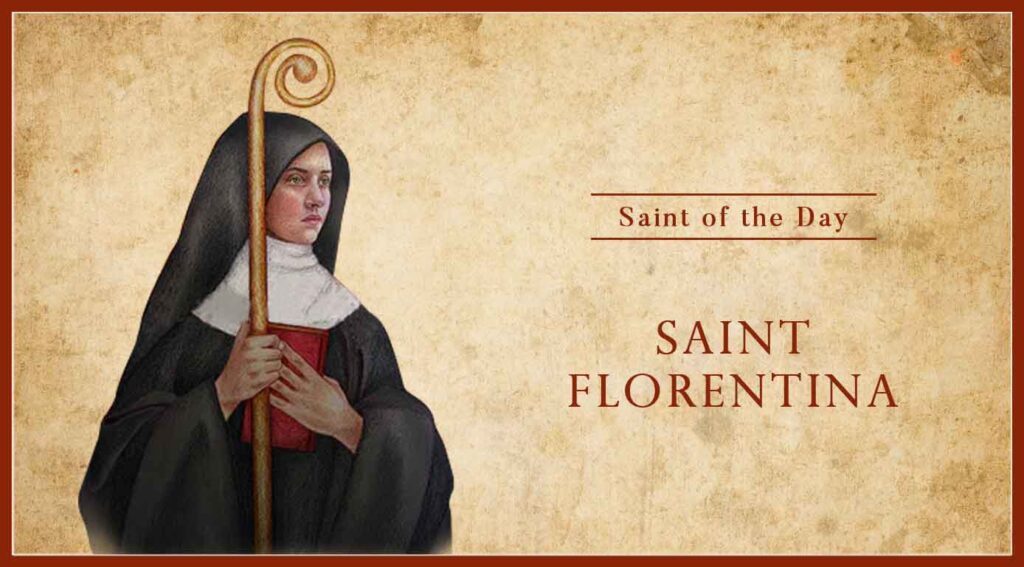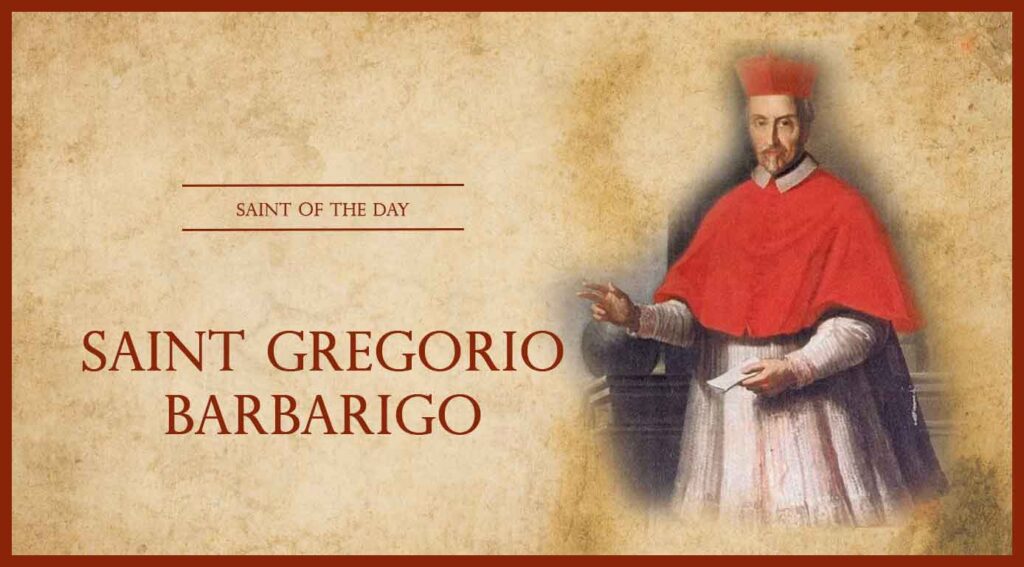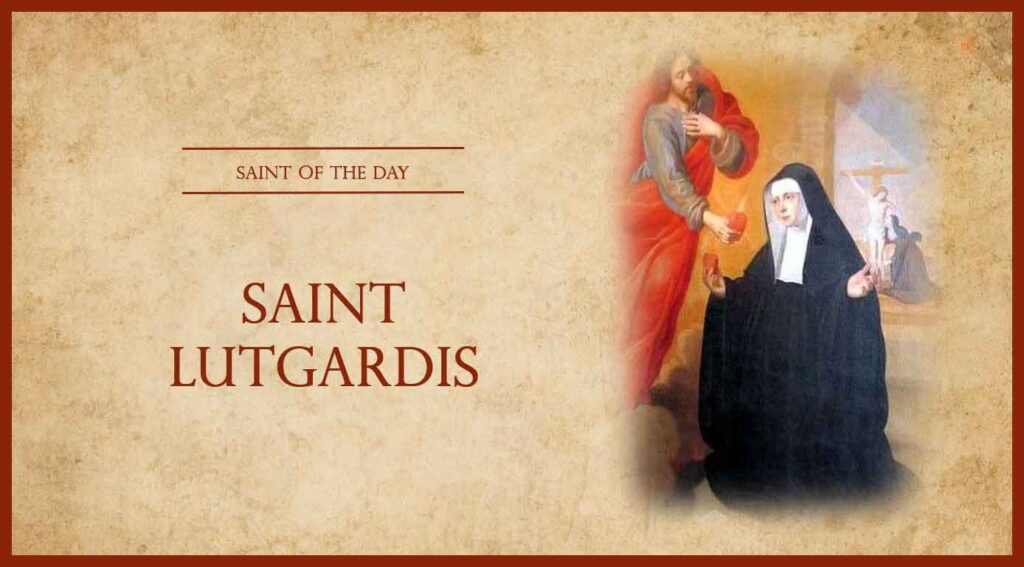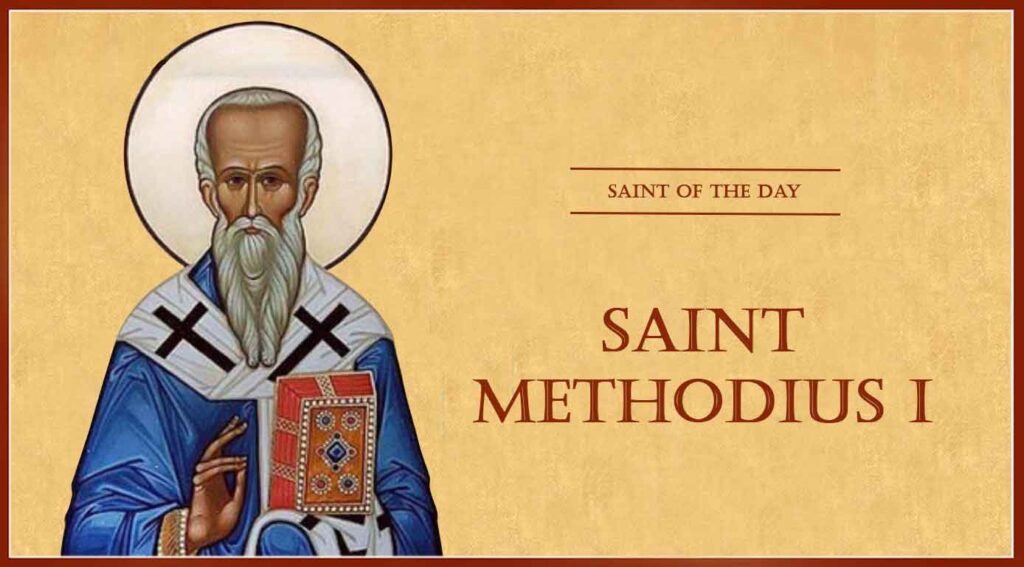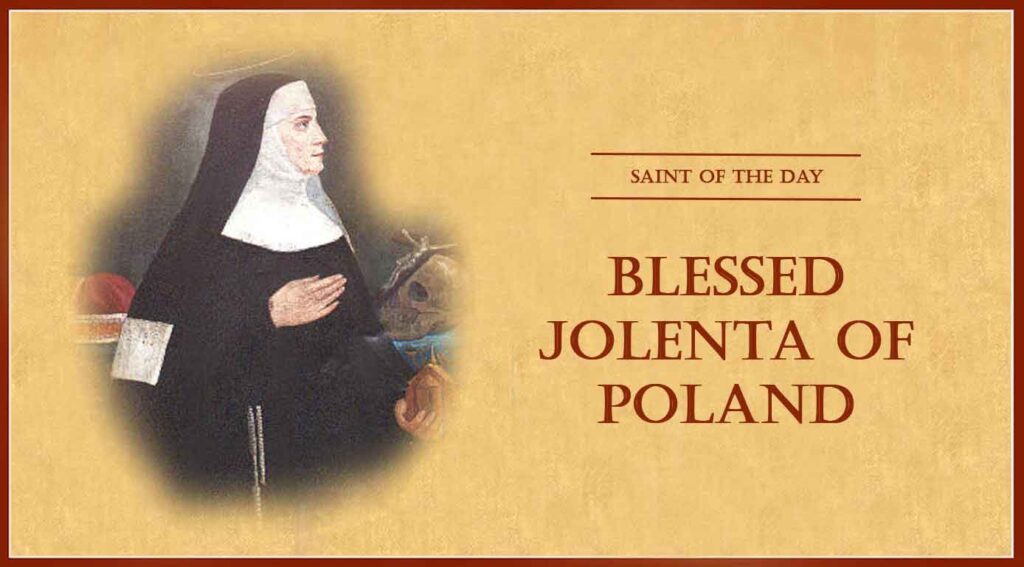Saint Joseph Cafasso
Saint Joseph Cafasso had been born with a deformed spine which contributed to his short stature and frail constitution. As a child, Saint Joseph Cafasso was seen as a model individual. It was often said that no one could recall him having sinned.
At an early age, Saint Joseph Cafasso felt called to become a priest and so commenced his ecclesial studies in Turin and Chieri in order to achieve his dream. He received his ordination to the priesthood in the archdiocesan cathedral on 21 September 1833. He underwent some further theological studies at the Turin college four months after his ordination. He came to know Luigi Guala, the co-founder of the Institute of Saint Francis of Assisi. This college was dedicated to the higher education of the diocesan priests who were still recovering from the destruction of the church’s institutions under the Napoleonic invasion a generation earlier. He would be connected to this institution for the rest of his life advancing from student to lecturer to chaplain and then at last being named Guala’s successor as the college’s rector in 1848.
In his role as a teacher he never neglected his duties as a priest and often aided those students in poor circumstances when he would provide them with books and other things needed for them to complete their studies. He likewise fought against state intrusion in the affairs of the church.
The priest was known for his practice of mortifications in the aim of becoming as frugal as possible. He never smoked nor did he drink things other than water alone. He never indulged in coffee nor things between his meals. He never complained about toothaches or headaches but bore his pain with remarkable resilience as a sign of his own personal cross.
He was also a noted confessor and spiritual director who guided people who would go on to found new religious institutions or congregations which would help the church to meet the needs of the whole world.
He died on 23 June 1860 and his friend Bosco (who wrote a biographical account of his old friend) preached though was not the celebrant for the Mass. He died from pneumonia coupled with a stomach hemorrhage and complications from congenital medical issues.
Saint Joseph Cafasso Read More »



